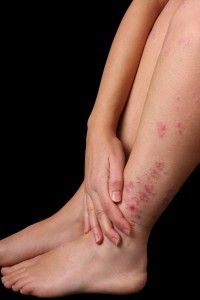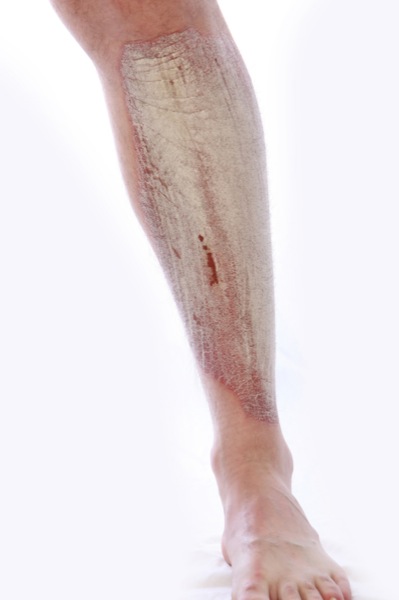Psoriasis feet
Psoriasis feet and psoriasis on the hands is also known as palmar-plantar psoriasis. It usually shows up on the soles of feet or the palms of the hands; however, it can also affect the backs of the hands, knuckles and nails, as well as the tops of the feet.
When to See a Podiatrist?
Since feet psoriasis can resemble severe contact dermatitis or even athlete’s foot, it is important that you see a podiatrist at the first signs of red, irritated feet that haven’t responded to any home treatment. As part of the diagnosis, the podiatrist may take a sample or biopsy of the area, in addition to a thorough medical history and a careful examination of your feet.
If you have psoriasis feet, you already know that it can cause blisters, cracking, and swelling, which can be extremely painful and affect the quality of your life. However, instead of trying to tough it out, you need to know that psoriasis flares on the feet need to be treated immediately and with care.
Pustular Psoriasis on the Soles
One type of foot psoriasis is known as pustular psoriasis (PPP) and affects the palms of the hands and soles of the feet. Usually only adult smokers get it, and it can be the most stubborn type of hand and foot psoriasis to treat. However, the same treatments used for other types of palmar-plantar psoriasis are also used to treat PPP.
 Psoriasis feet
Psoriasis feetTreatment of Psoriasis Feet
The usual method of treating psoriasis flares of the feet is using topical remedies. These traditional topicals include corticosteroids, salicylic acid, and tar. Sometimes you actually get better results using a combination of all three.
Calcipotriene is a topical treatment that is often recommended to be used alternately with topical corticosteroids. You do want to remember to gloves to avoid the medicine coming in contact with skin folds, the face, or other sensitive areas of skin.
Treating Psoriasis Feet from the Inside Out
If you find that the topical treatments are not getting the results you would like, your doctor may prescribe Soriatane (acitretin), methotrexate, or cyclosporine. Methotrexate has proven especially effective as clearing up psoriasis on the soles of the feet in as little as four weeks.
- Soriatane (acitretin) is a low-dose retinoid that reduces cell multiplication
- Methotrexate also slows the rapid growth of skin cells by impacted the enzyme that causes such growth
- Cyclosporine actually works to slow down an overactive immune system
Light Therapy for Psoriasis Feet
Your doctor may suggest that in combination with retinoids that you also use light therapy. This involves psoralen-UVA (PUVA) or UVB phototherapy, or the more targeted laser treatment. With PUVA you will need to take orally or via topical “painting” the prescription drug psoralen.
Last Resort or Should it be the First?
If the previously mentioned treatments don’t work, then your physician will likely suggest a biologic medication. Biologics specifically target the overactive immune system, and there are several different ones available, because different types of psoriasis may not respond to one, but will respond to another. These biologics include:
- Adalimumab (Humira)
- Adalimumab-atto (Amjevita), biosimilar to Humira
- Etanercept (Enbrel)
- Etanercept-szzs (Erelzi)
- Infliximab (Remicade)
- Ixekizumab (Taltz)
- Secukinumab (Cosentyx)
- Ustekinumab (Stelara)
While there is no way to prevent developing psoriasis, there are ways to try and prevent making your psoriasis worse. Number one is to avoid dry air, alcohol, and too much or too little sunlight, depending on your body’s response. Of course, a big thing to avoid, which can really negatively impact psoriasis, is plain ol’ stress. Your doctor may be able to suggest some stress management techniques that may help.
Back to top Psoriasis en la pierna
Psoriasis en la piernaPágina de inicio
Mapa del sitio
Mapa del sitio en orden alfabético
